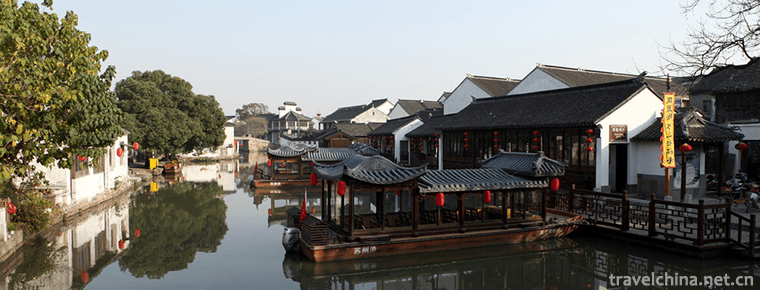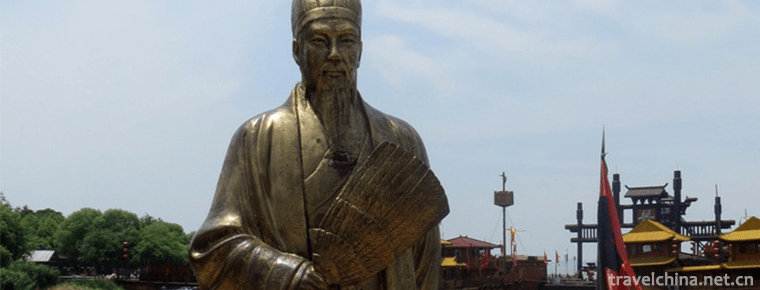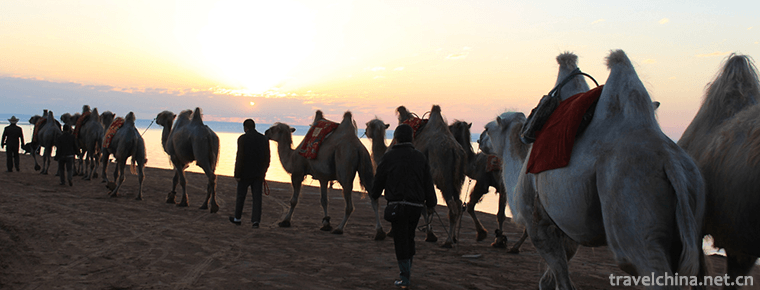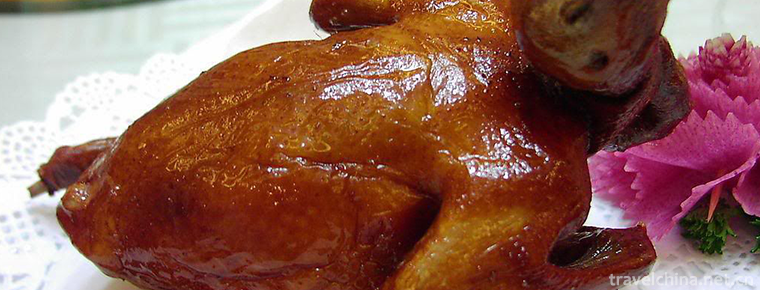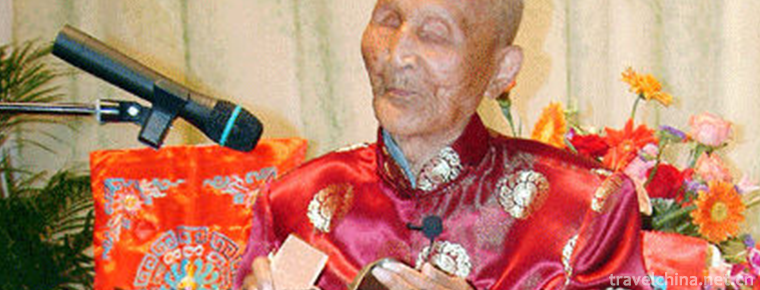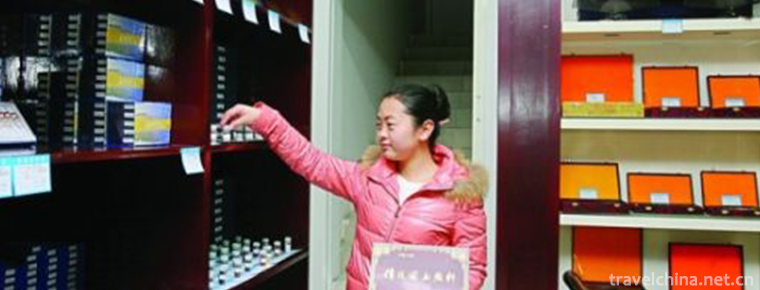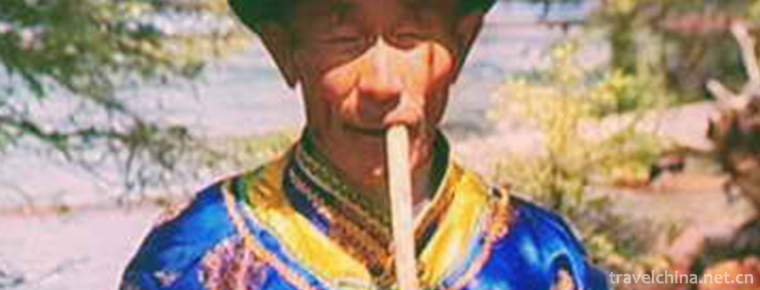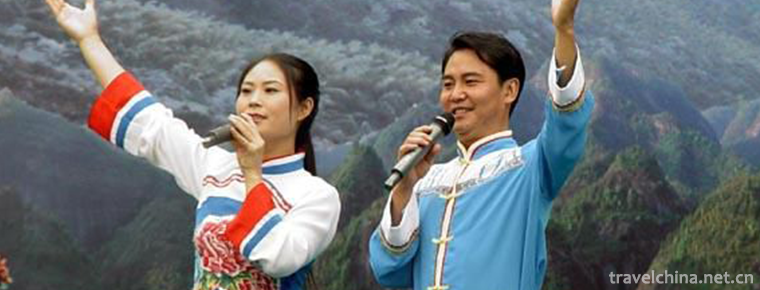Bagong Mountain Tourist Scenic Area
Since 2001, Bagongshan Scenic Area has listed Bagongshan National Geopark, Bagongshan National Forest Park and Bagongshan National AAAA Tourist Area successively. Bagong Mountain is a famous historical and cultural mountain. It is composed of more than 40 peaks and overlapping peaks. It covers more than 200 square kilometers. It has beautiful scenery and beautiful scenery. The moving stories and legends of "one person gets the right way, chickens and dogs go up to heaven" and "wind, cranes, grass and trees are all soldiers" have made Bagong Mountain famous in history and made it famous at home and abroad, adding infinite charm. The Bagongshan tofu invented by Liu An, the king of Huainan in the Han Dynasty, is well known all over the world. Bagong Mountain is a mountain of origin of life. The Huainan worm fossil is the earliest paleontological fossil in the world so far. It is known as the origin of life on the blue planet by the international geologists.
geographical environment
Bagong Mountain, a famous historical and cultural mountain, is located in the middle of Anhui Province and the middle reaches of Huaihe River. It is composed of more than 40 peaks with a square area of more than 200 square kilometers and an elevation of 241.2 meters. Bagong Mountain is a mountain of origin of life. The Huainan worm fossil is the earliest paleontological fossil in the world so far. It is known as the origin of life on the blue planet by the international geologists.
Main attractions
Oblivious Valley
Located in the hinterland of Bagong Mountains and adjacent to the famous scenic spot Sun Jiayuan, the Valley is 2.3 kilometers long. It has a northeast-southwest trend. It has nine loops and spirals upwards, with a drop of more than 160 meters across the valley. According to legend, Sun Pan, after building the Blue Language Hall, studied and painted, expressed his feelings for mountains and rivers, and forgot the worries of the world. When he saw the valley's quiet and pleasant, he carved the word "forgetting feelings" on a huge stone in the valley. Because of its long history, there was no evidence of the original. There are winding streams in the valley, the sound of which is like singing. On both sides of the canyon, ancient trees towering in the sky, tree-borne rocks, stone Valley edge, stone pillars, strange shape. Woods with exotic flowers and weeds, birds and butterflies flying, is indeed a tourist leisure and summer resort.
Qianlong jade shoots
"Qinglangxuan Pavilion" was called Sun Jia Garden in ancient times. It was built by Sun Pan in Shouzhou. It is located under Baiying Mountain. Its original site area is about 66,000 square meters. It is one of the scenic spots in Bagong District. Sun Pan was born in Imperial examinations. During the Jiaqing period of the Qing Dynasty, in order to cultivate historians in the city, he was unwilling to misrepresent historical records. He resigned and returned home. He chose to build a "Qinglangxuan Hall" under the beautiful Baiyue Mountain in Bagong Mountain, planting flowers and trees, practicing calligraphy, cultivating his personality and cultivating his life.
Bai Ge Mountain is the highest mountain in Huainan, 241 meters above sea level, steep and steep, quiet and deep valleys, green springs in the mountains are babbling for a long time. Strange rocks and rocks stand in a multitude of ways, each with its own interest. Mountains are green with pines, forests rolling, and colorful mountain flowers swaying like screens competing. When Emperor Qianlong of the Qing Dynasty went down to the south of the Yangtze River, he visited this place with beautiful scenery. He saw strange rocks and rocks springing up like bamboo shoots, which were interesting and interesting. After the sculpture, although more than a hundred years of wind and rain, but the handwriting is still clearly visible.
Shimen Lake
Shimentan is located in Nantang Village, Wangzhen, Bagongshan District, where the "big stone is haggard, like the marmoset gate", is one of the natural scenery of Bagongshan. According to Fengtai Ancient Records, "Yuntiao Mountain and Yinxi Mountain confront each other as Shimen, and the two mountains meet and open the door. The gate is 20 feet high, West to North and south, and the two cliffs are 10 feet apart. There are pools, 10 feet in diameter and three feet deep. The water of the pool never dries up all the year round and flows over the Dashishan Mountain. Linshimen, cliff overhead, straight up to the clouds. Face to face on the cliff, carved with "Shimen Tan" three giant words, vigorous and upright. Local legend tells that Zhao Kuangxu, the founding emperor of the Song Dynasty, left his handwriting in Nantang. Literary historians say that it was written by Duo Daoyuan in the Northern Wei Dynasty, for the reason that there is a record of Xiyun Spring in the Annotation of Shui Jing: "The water of Xiyun Spring is clean, clear and sweet, above the Pearl and the moon". Xiyun Spring is the source of Shimen Pool, and Yun Daoyuan's survey of Xiyun Spring must pass through Shimen Pool.
When you enter the stone gate, you will be in the "first line of the sky". Suddenly enlightened, to a basin embraced by mountains, the stele of Shimentan, Xiyun Spring Pavilion, exposed in clusters of peach forests. Legend has it that Zhao Kuangxu was trapped in Shouzhou's camp, and that the soldiers of the latter Zhou Dynasty fought in the ancient battlefield of sandy desert. "Several times have known Gange, tears on Gong E", after the battle of Southern Zhou and Tang Dynasty left a sad song for Hou Li.
Shimentan is the ancient cultural corridor of Bagongshan. There are ancient tombs and ancient sites nearby. It is the place where ancient scholars and Mohists set foot. Nowadays, the Bagong Mountains and Shanwang Town focus on the development of tourism resources in Shimentan. They have built corridors, bamboo buildings and Nantang Road in Nantanghu Lake, developed a number of three industries and formulated a series of preferential policies for the development of Shimentan. Recently, a group of people of insight have invested in Shimentan.
Yue Jian Tao
Lejiantao, commonly known as Laojiantao, is located 2 km west of Nantang. Surrounded by mountains on three sides, facing water on one side, the mountains are high and dense, and the green color is intoxicating. After 1978, archaeologists discovered paleontological fossil deposits in the area. The plant fossils deposited include algae, unifoliate and compound leaves, which can be picked up at random. After opening up, the plant's stems are distinct, each has its own posture, and the patterns are like incisive ink paintings.
The scenic spot of "Qinglangxuan Pavilion" once attracted many tourists, and later damaged its splendid features for various reasons such as banditry. However, with the deepening of the national open policy and the development of tourism, "Qinglangxuan Pavilion" will welcome the world's guests with a brand-new attitude.
Bixia Yuanjun Temple
The main peak of Bagong Mountain, the top of the four peaks, is the Bixia Yuanjun Temple. The temple is on the top of Sixiang Mountain, so it is also called the Four Grandma Temple. This is one of the historic sites of Bagong Mountain. The temple is named after the elephant of Bixia Yuan, the goddess's concubine. Many Shoufeng people also call the goddess's concubine "Four Grandmothers", so it is known that there are many four Grandmothers'temples, and few people call them Bixia Yuan Jun Temple. Mingli Yonglu Jiajing "Shouzhou Zhi" is called "Dongyue Temple", while Qing Li Shiyuan Jiaqing "Fengtai County Zhi" is called "Yuanjun Temple".
The Yuanjun Temple (Four Grandma's Temple) was built in the first few years. According to the records of Fengtai County Records, Wu Fangchun, a native of Jiaqing County, once lost money for maintenance. Records of Fengtai County: Jiaqing built the Bixia Yuanjun Palace in Beishan in August of nineteen. The newly built monument says briefly: "Only Bixia Yuanjun, the goddess and concubine of Daizhong in Dongyue, has a walking palace and worships Mt. Zishan; the spiritual palace has a year, and the beams and pillars decay. Wujin Li Jun, who has been in the palace for five years, has repeatedly climbed the valley and has no epidemic disease among the people. County people Wu Fangchun, with a number of private money, choose auspicious days, work hard to promote management. The stone carvings bear in mind.
Wu Gong and his people can not be studied in detail. In addition to the monarch elephants of Yuan Dynasty, the temple also offered Guanyin and the eighteen Arhatic elephants. In the Republic of China, people were destroyed in the Cultural Revolution. Nowadays, the temple houses have disappeared, only the sites are lonely among the hills and mausoleums, and only the fifteenth day of March of the lunar calendar is visited every year.
Feishui Battle Site
Not far from the entrance of Bagongshan Senling Park is the memorial wall of the famous Fengshui Battle Site. Two tall and powerful Qingniu towns guard both sides, which adds some tragic spirit to the site. In front of the ruins wall is the statue of the former Qin Dynasty. The heroism of "throwing whips and breaking streams" between the eyebrows is still there. After the defeat of the war, will he regret that he should not be so immortal?
Tourism information
Self-driving route: Hefei City - Hefei Circumferential Expressway - Chaohuainan/Fuyang/Bengbu/Xincai Direction, Left into Benghe Expressway - Chaohuainan/Fuyang/Bali River Direction, Left into Chuxin Expressway - From Fengtai/Shouxian Exit to Right - S203 - Wolongshan Road - Second Passage - Dingshan Road - to Bagongshan Scenic Area.
Have a long history
Bagong Mountain has a long history. It was called Beishan, Fengling and Zijin Mountain in ancient times. As early as the end of primitive society and slave society, there lived a Huaiyi tribe in the Huaihe River Basin. In the Western Zhou Dynasty, a vassal state named "Zhou Lai" was established, and the capital city was under the Bagong Mountains. The "Bagongshan" came from the myth that Liu An, the king of Huainan in the Western Han Dynasty, learned Taoism and became immortal.
In the Western Han Dynasty, Bagongshan belonged to Huainan State. Liu An, the son of King Li of the Han Dynasty and the uncle of Emperor Wudi of the Han Dynasty, was named King of Huainan. Liu An Shangwen is a talented person, and has recruited more than 3000 scholars from all over the world. Among them, the eight most appreciated by Liu An are Zuo Wu, Li Shang, Sufei, Tian You, Mao Qui, Lei Qui, Wu Qui and Jinchang. Liu An and Menke often write books in Bagong Mountain, study celestial phenomena, compile calendars and smelt sand. Legend has it that one day, Liu An and Bagong made Xiandan, and after taking it, they got Tao Chengxian. There is a record in Taiping Huanyu Ji: "The King of Huainan and Bagong mountaineered here and rose to heaven in the daytime. The remedies are in utensils and licked by dogs and chickens. After that, there are traces of people and horses, still there, so the name of the mountain is Bagong. This is also the origin of the allusion "one person is decent, chicken and dog ascend to heaven".
Bagong Mountain is one of the important birthplaces of Chu and Han cultures in ancient China. Because of its important position of "Zhongzhou throat, Jiangnan barrier", there are many battles in history, rich relics and many legends. Besides the allusion of "one person gets the right way, chickens and dogs rise to heaven", the later story of "wind, crane, grass and trees are all soldiers" makes Bagong Mountain more famous.
Although some relics have disappeared for a long time, there are still many famous cultural relics and historic sites, such as Huainan insect fossils, Fengshui War ancient battlefield, famous private gardens in the Yangtze and Huaihe River, Sun Jia Garden, ancient temples, ancient pagodas and ancient Taoist concepts. Deep cultural origins make this famous mountain have historical charm in every plant, hill, stone, water and pool.
The abundant natural resources of Bagong Mountain can be summarized in eight words: dense forest, strange stone, ancient spring and beautiful water. There are more than 10 square kilometers of natural secondary forests, well protected vegetation, tall trees, a wide range of species, dense mountains and forests. Due to the erosion, dissolution and weathering of flowing water, the exposed limestone rock mass has deep rhyogram and vivid shape, which is like a miniature "beautiful River and mountain", arranged in a "stone forest" shape, stretching for several square kilometers, and is very magnificent.
More than ten famous springs, such as Xiyun Spring, Lanxiangquan, Biyuequan and Yuluquan, are recorded in the Annotation of Shuijing and local chronicles. Nantanghu Lake, with hundreds of mu of water surface, is a clean pearl enclosed by mountains. Baiguo Mountain, the main peak of Bagong Mountain, is even more outstanding among them.
Deep inside
Because of its profound historical and cultural connotation and superior natural conditions, Bagongshan was named as a provincial scenic spot by the provincial people's government as early as 1987. At that time, the Bagong Mountains in Huainan City, which was in the prime area of Bagong Mountain, took Nantanghu Lake as the center and carried out early development. More than 5 million yuan was invested in the construction of main roads and lake-encircling roads, corridors, swimming pools and parking lots, and the protection of Huainan insect fossils and important historic sites was carried out.
With the deepening of reform and opening up, the progress of society, the development of tourism industry and the industrial status of tourism industry have become increasingly prominent, the proportion of industry has become larger and larger, and the image of industry has become increasingly distinct. In the tourism development system of Huainan City, Bagong Mountain is not only an important scenic spot of Huainan tourism development, but also one of the important scenic spots of northern Anhui tourism development, and one of the important scenic spots of Anhui tourism development.




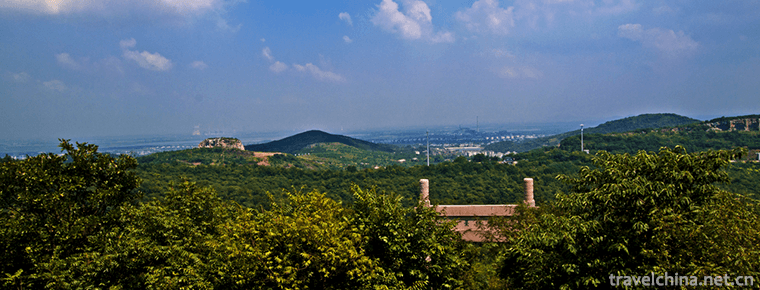
-
Sliced Fish in Hot Chili Oil
Boiled fish, also known as river boiled boiled fish and boiled fish fillet, was first popular in Cui Yun Township, Yubei District, Chongqing..
Views: 248 Time 2018-10-27 -
Tong li ancient town
Tongli Ancient Town belongs to Wujiang District, Suzhou City, Jiangsu Province. It was built in Song Dynasty. There are many gardens, temples, residences.
Views: 249 Time 2018-12-06 -
Jinji Lake
Jinji Lake is located in the northeast of the old urban area of Suzhou City, Jiangsu Province, and in the middle of Suzhou Industrial Park.
Views: 192 Time 2018-12-06 -
Water Margin City Scenic Area of the Three Kingdoms
The Wuxi Film and Television Base of CCTV is the first large-scale film and television shooting and tourism base in China. Founded in 1987, it is the first theme park in China that combines film and t.
Views: 154 Time 2018-12-18 -
Hongjiannao Scenic Area
Hongjiannao Scenic Area is located in Shenmu City, Shaanxi Province. It is located in the transitional zone between the Loess Plateau and Inner Mongolia Plateau, at the junction of Maowusu .
Views: 114 Time 2019-01-16 -
Eight treasures quail
Babao quail is a dish. Its main ingredient is pure quail, etc. Its ingredients are purple quail, lotus seed, etc. Its seasoning is peanut oil, salt, soy sauce and so on. It is made by deep-frying..
Views: 256 Time 2019-03-25 -
Sing the news
Singing news is a traditional local opera popular in eastern Zhejiang, especially in Fenghua, Beilun, Zhenhai, Yinzhou and Xiangshan. Singing news has a long history, about a hundred years ago.
Views: 201 Time 2019-04-16 -
Production Techniques of Chinese Painting Pigments
Jiang Sixutang's skill in making Chinese painting pigments is one of the intangible cultural heritages. The manufactured products of Jiang Sixutang Chinese Painting .
Views: 141 Time 2019-05-02 -
Dark pass
Dark pass Dark Biography, as the first Creation Epic of the Han nationality, is represented by folk songs and songs. It began to circulate in the Ming and Qing Dynasties. .
Views: 316 Time 2019-05-03 -
Mongolian Chur
"Chuoer" is an ancient vertical wind instrument of Tuva people of Mongolian nationality in Xinjiang, which mainly distributes in Mongolian inhabited areas of Altay region. The Tuva people of.
Views: 86 Time 2019-06-03 -
Xingguo Folk Song
Xingguo Folk Song has a long history. It is said that it was sung by woodcutters who built A Fang Palace in Xingguo in the late Qin Dynasty. Xingguo folk songs are lively, diverse in form and full of .
Views: 110 Time 2019-07-08 -
Time and reason of Ding Zhen popularity
Ding zhenhuo, a 20-year-old Tibetan Boy from Ganzi, Sichuan Province, was caught up in a short video of less than 10 seconds. The uploader of the video and the photographer "BOGO" who shot Ding Zhen also attracted netizens' attention. Talking about his first impression of Ding Zhen.
Views: 241 Time 2020-12-06

